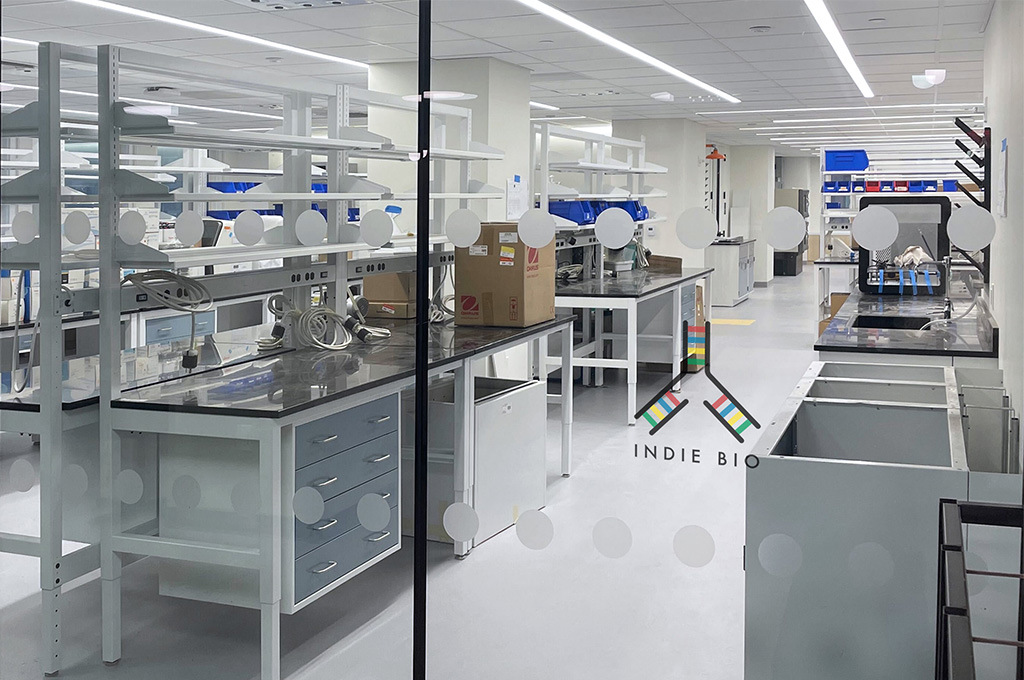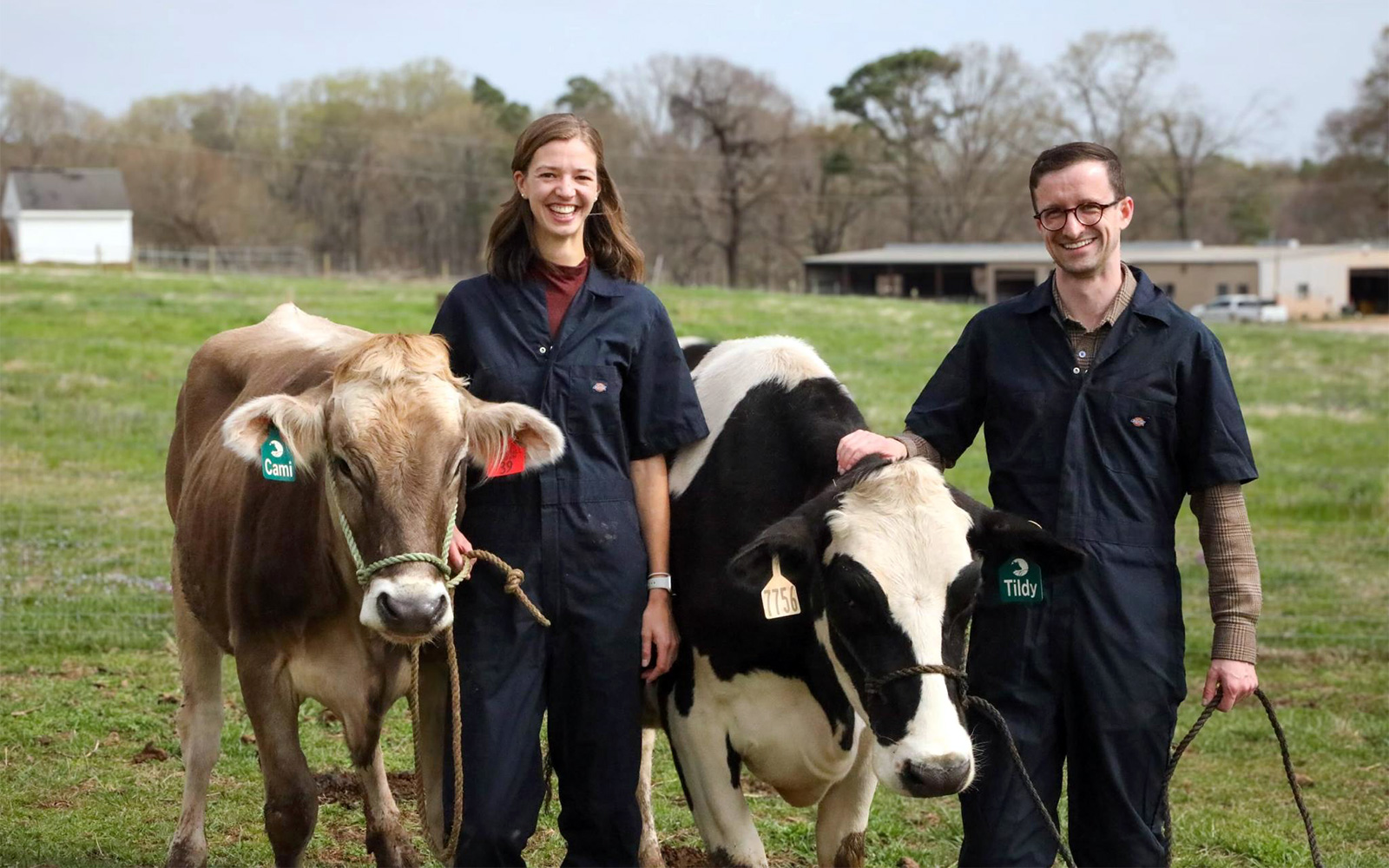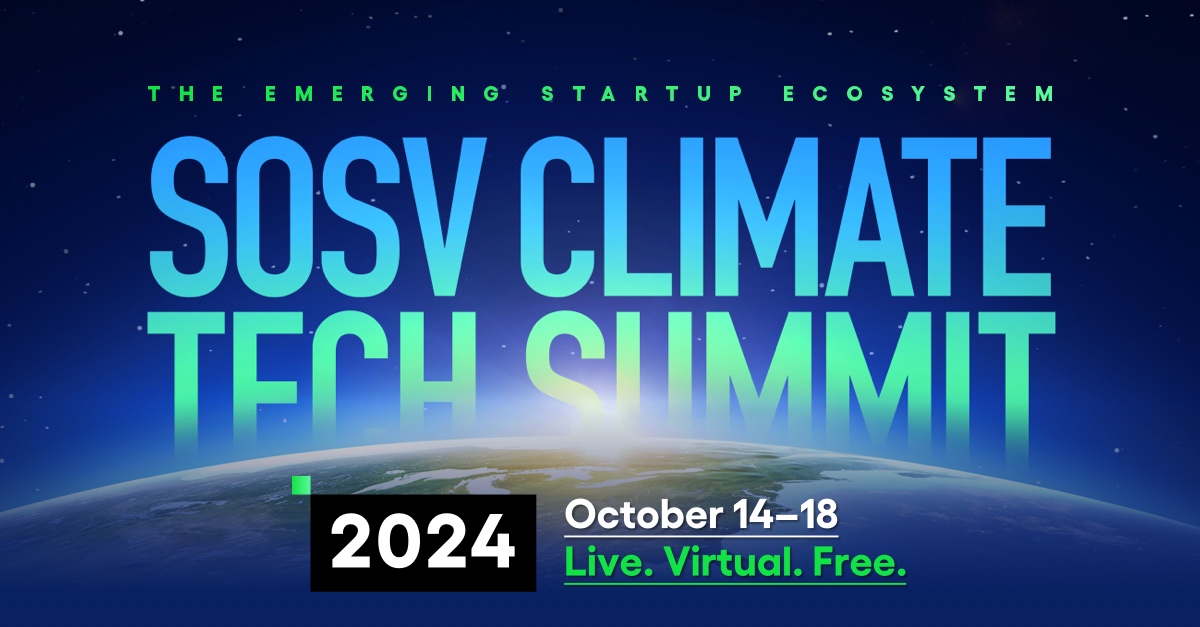
Stembionix is creating the biofabrication infrastructure necessary to grow organs from stem cells. Their innovative vascularization technology is built with the goal of surmounting the challenge of culturing organoids: namely, growing organs larger than 8 mm diameter, at which point the internal cells lose nutrient access and die. Their vascularization technology is complemented by other systems needed to automate cell culture collection and maintenance.
We spoke with Stembionix Co-founder & CEO Ethan Stillman to gain insight into his technology and motivation in building his startup.
What’s the key insight that led to the formation of Stembionix?
When I look at the state of art stem cell technologies, I ask myself: “Are we the first generation of humans that can legitimately make a claim to live for 200 or 400 years?” That’s a wild question to think about. But if we can solve a couple technical hurdles, we are there. And some of the big hurdles are the vascularization challenge and at-scale manufacturing of these biosystems. That’s exactly what we took on. We are super excited to think about where we can get to with this.
Building organs is a big challenge. What are you tackling first?
As any new company, our strategy is subject to change. But at present, we make liquid robots. Those are automated systems for culturing tissues or cells. We found a lot of market interests in the robots themselves.
In addition, this vascularization capability is a platform. Any organoids scientists make can be vascularized. And there are academic needs for vascularization tissues at various stages, from the initial vascularization—how it changes the system and biomolecules produced—to down the road—how big it can get and how to improve that. So, there are lots of research applications there.
We also want to be translational and be ready for transplant. For example, you will have a heart replacement that’s harvested from your leg. If we can generate that, that would be obviously very useful.
As a company, we want to make those robots useful to researchers and, in parallel, develop translational regenerative medicine.
How does Stembionix technology compare with other regenerative medicine technologies?
The 3D printing approach gets a lot of attention. And it sounds good—I want to 3D print a heart. But if you think about the mechanism of 3D printing, it’s not a good engineering approach.
3D printing uses a little nozzle to deposit things. To print an organ, it will need to deposit cells. So, we have to figure out which cell types we need. A cell type is your cells with different genes turned on and off. So, we have to figure out which genes are on and off at which locations in your organ and toggle it properly. Or we will have to load the printer with some generic cells similar to the one that should be there.
After placing the cells, we have to hope it binds in a proper way to its neighbors. There are multiple ways cells connect and multiple ways cells talk. Just putting it there and hoping, doesn’t seem like a good engineering approach, from my engineering background.
What is more interesting to me is the notion that, miraculously, if you take 2000 stem cells and add some cells of the target organ type, those stem cells start to turn into that organ and form an organoid. Then, you take this organoid and put it in some nutrients. The organoid starts to grow and develop.
But as those organoids grow, the interior cells don’t get the nutrition from the nutrient bath. The outside cells absorb all of the nutrients, so the interior dies.
To solve that, you need vasculature. Structures like arteries deliver nutrients deep into tissues and remove wastes. If you can grow vasculature and get that vasculature to penetrate the organoid, It’s been shown in various ways that this organoid can grow into a full organ.
We can only take the credit for a little engineering work to get these veins to grow. But the tools that biologists have given us are remarkable—let’s not make this a human engineering thing; let’s make use of what nature gives us. It’s just a better way to leverage and go with biology rather than take a skyscraper and make a structural approach. It’s too huge and too engineering centric.
What’s the most rewarding part of your entrepreneurial journey?
Personally speaking, the most rewarding part is the fact that this is possible. Your daily work is making an impact in some meaningful way in other people’s lives in the world. It’s mind bending.
If I keep doing this and I do it honestly, wholeheartedly, and strategically, it can really change how the world works. That idea is motivating to me.
Theoretically, we can live to be 150 or 200 years old with Stembionix technology. That’s such an abstract idea for the current human existence. But the notion that there is some valid probability for us to achieve that, is super fascinating. That keeps me going.



